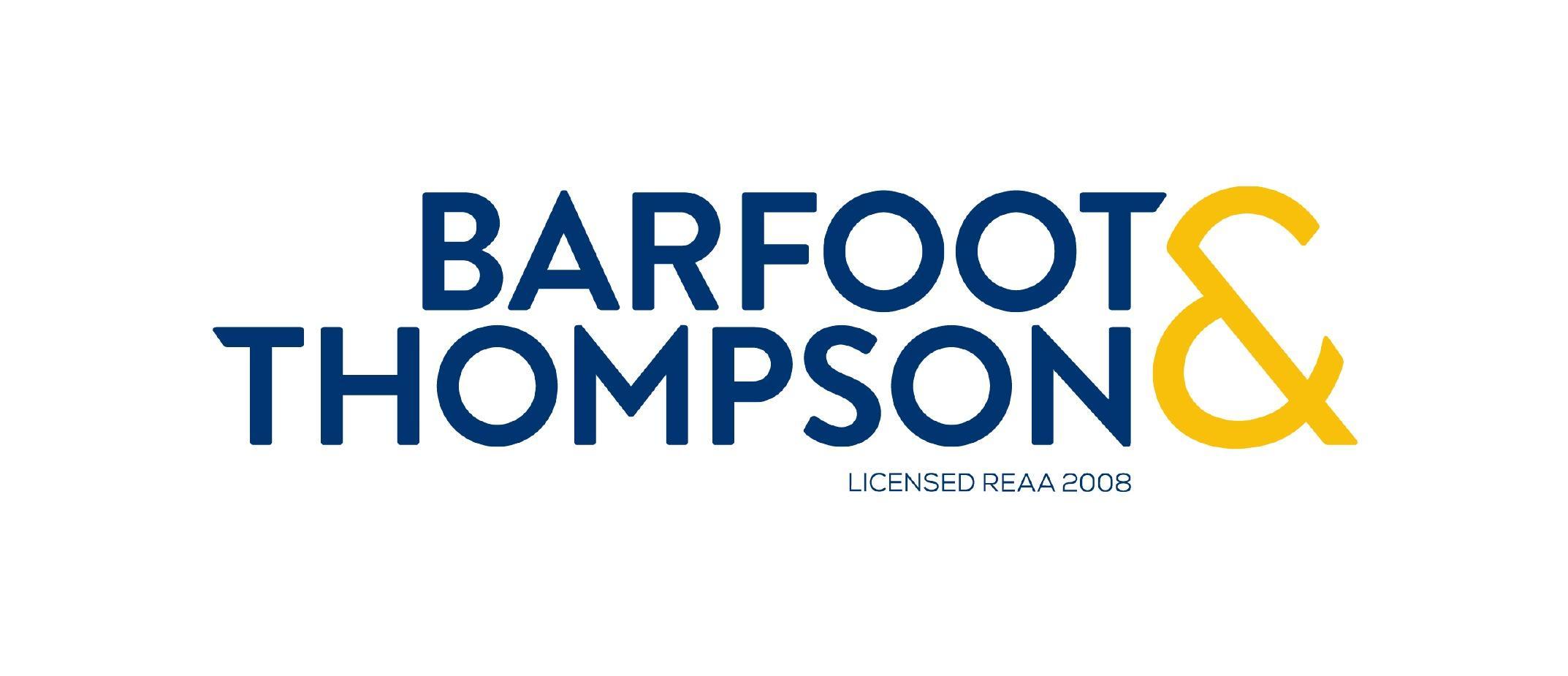Thinking back to the start of 2020, nobody could have anticipated what was about to playout for the economy or the property market. But after a
lot of uncertainty and conjecture about what the future might hold, we’re almost at the end of the year and it’s remarkable to see that house
sales and prices are on a strong upswing.
Indeed, the number of residential property sales in the 10 months to 2020 was about 72,600 – the same as for the first 10 months of 2019. That’s
pretty amazing when you think that after the first five months of this year, lockdown had meant that the sales total was 26% below the same period in 2019. In other words, the rebound in recent months has meant that the effects of lockdown have been fully reversed. Moreover,
if it wasn’t for the low supply of listings available on the market, actual achieved sales this year probably would have been even higher still.
With most buyer groups having roared back into life – namely first home buyers and mortgaged investors – the strength of demand when set up against
tight listings is resulting in strong upwards pressure on prices. Indeed, the CoreLogic House Price Index showed a nationwide increase in average
values of 2.1% in November alone, taking the annual growth rate to 9.2% (the highest since June 2017, at 10.1%).
At the heart of all of this are low-interest rates, which are reducing the incentive to hold money at the bank, and raising the incentive to borrow
to enter the market. Alongside the temporary removal of the loan to value ratio (LVR) speed limits, these factors have bolstered demand and,
in fact, the property upswing has been so swift that the political pressure has already ramped up to levels that would have taken far longer
to get to in previous cycles.
The upshot, of course, is that the LVRs are likely to come back on 1st March next year – and have actually already been enacted by the
banks themselves. Meanwhile, that political pressure is also now driving talk about an extension to the Brightline Test, and potentially caps
on debt to income ratios for new lending.
All in all, at the end of 2019, we speculated that 2020 could be the ‘year of the investor’, and although the circumstances have been very different
to what we (or anybody) envisaged, that call has proved to be pretty accurate. But with pressure mounting on the Government, property investors
may find the going a little tougher next year. For now, the proposed LVR rules would require a 30% deposit from investors (and 20% from owner-occupiers),
but if the RBNZ deems that financial stability risks continue to build, a return to 40% couldn’t be ruled out either.
Our central assumption is that property sales volumes in 2021 will be similar to 2020 (again in the range of 85,000-90,000), as low mortgage rates
support activity but low migration flows provide a dampening effect. For property values, it wouldn’t be a surprise to see another increase
in the range of 5-10% next year. However, 2020 has taught us that nothing can be taken for granted, and no doubt there’ll be plenty of twists
and turns in store for 2021.
Keep an eye on the market and check whether the potential return figures stack up with RPNZ. Find out more about CoreLogic’s special RPNZ offer for APIA members here .
This is a guest blog submission from Kelvin Davidson from CoreLogic NZ. Guest submissions are a way for APIA members to share their views and experiences with each other and do not necessarily reflect the views and position of the APIA. The content of this article is general in nature and not intended as a substitute for specific professional advice on any matters and should not be relied upon for that purpose.

ABOUT THE AUTHOR
Kelvin Davidson
Kelvin is a Senior Economist in CoreLogic’s research team. Prior to joining CoreLogic, Kelvin spent 15 years working in private sector economic consultancies
in NZ and the UK, and he is well practised in applying macroeconomic trends and data to the property market.













Add Comment